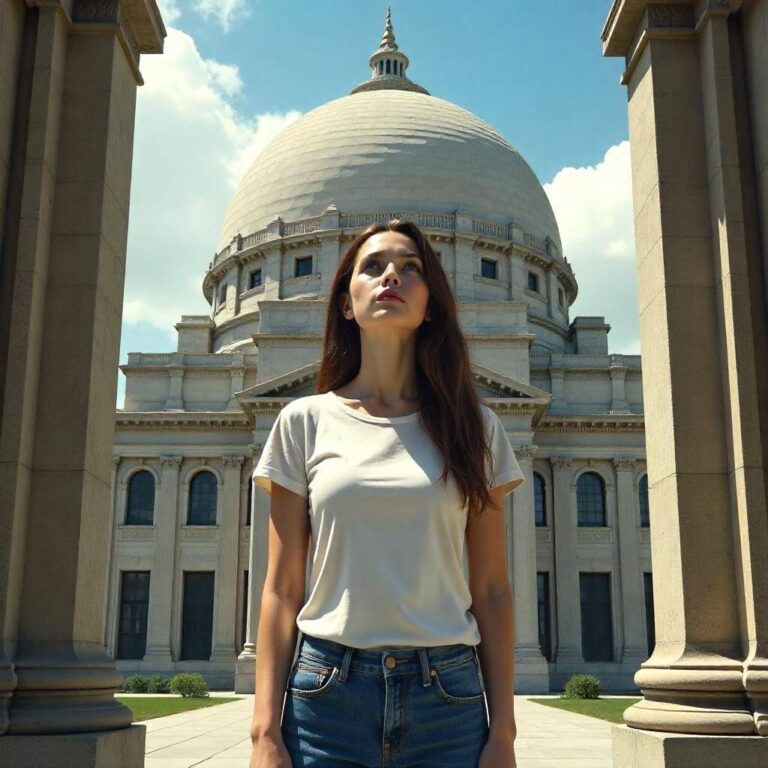Reader’s Question:
Story of the Atomic Bomb Dome
My mother once visited the Atomic Bomb Dome during a school trip or something similar in the late Showa period. When she saw the dome, she felt an unusually unpleasant sensation. For
some reason, the dome appeared slightly dark and shrouded in a mist, making it very frightening for her, and she couldn’t approach it.
Have Others Had Similar Experiences?
I wonder if there are others who have had similar experiences. I look forward to hearing many stories. Personally, I don’t have any sensitivity to such things, so I find it intriguing.
Visiting the Atomic Bomb Dome: A Personal Reflection
As I sat down to write about my visit to the Atomic Bomb Dome in Hiroshima, I couldn’t help but think about my mom’s experience. She visited the Dome during the late Showa period, and from what she shared, it was a haunting encounter, draped in an eerie mist that left her feeling unsettled. I wondered, “Could it be the energy of the place?” I mean, I know it’s just a building, but there’s something about historical sites, especially those tied to profound tragedy, that can evoke intense emotions. So, I decided to embark on my own journey to Hiroshima, hoping to understand not only the history but also the feelings that others—like my mother—had when standing before this significant landmark.
Setting the Scene: Hiroshima, a City of Resilience
Hiroshima isn’t just a city marked by a tragic past; it’s a place that has risen from the ashes with an incredible spirit. Upon arriving, you can feel the hustle and bustle of modern life, with locals going about their business, laughter echoing from cafes, and street vendors selling delicious treats like okonomiyaki. But amid all this vibrancy lies a weighty history that has shaped the city into what it is today. I’ll admit, I was a little nervous about visiting the Atomic Bomb Dome. I mean, how do you prepare for a site that symbolizes so much pain and suffering? But as I walked through the Peace Memorial Park, I felt a strange mix of anticipation and trepidation. It’s like standing on the edge of a cliff, knowing you’re about to dive into deep waters.
The First Glimpse of the Dome
As I approached the Atomic Bomb Dome, my heart began to race. It’s stunning in its own right—this skeletal structure, partially collapsed, yet defiantly standing against the sky. I couldn’t help but feel that it was whispering stories of the past, stories of resilience and loss. I recalled my mom’s description of seeing the Dome shrouded in mist, and I felt a shiver run down my spine. The day was bright and sunny, but I could almost imagine what it must have been like for her. I stood there, staring at the Dome, and I wasn’t sure if I was feeling sadness, reverence, or something else entirely.
Connecting with Others
While I was lost in thought, I noticed a group of visitors a little ways away, their cameras snapping pictures and their laughter ringing out. I approached them, curious to hear their thoughts. They were diverse—some from Germany, others from Australia. They all had their reasons for visiting, but what struck me was how deeply they were affected by the site. One young woman, whose eyes were misty with tears, told me that she felt an overwhelming sense of grief standing in front of the Dome. She shared how she had lost family members in conflicts and felt a profound connection to the pain of Hiroshima. It was a reminder that, even though we may come from different backgrounds, the scars of war can resonate across cultures. Another traveler, an older gentleman, had visited multiple times. “Each time, I come to reflect, to remember,” he said, his voice thick with emotion. He spoke of the responsibility we have to ensure such tragedies are never repeated. I couldn’t help but nod in agreement; the collective sorrow and hope for peace were palpable.
A Moment of Reflection
Finding a quiet spot near the Dome, I sat on a bench, letting the atmosphere wash over me. I couldn’t shake the feeling that this place was somehow alive, buzzing with the echoes of the past. The wind rustled through the trees, and for a moment, I imagined what it must have been like on that fateful day in 1945. The Dome itself stands as a reminder of the devastation wrought by nuclear war—its walls scarred, its structure fragile yet enduring. I realized that this is not just a monument to loss but also a symbol of peace and resilience. It felt like a call to action, a reminder to cherish life and advocate for harmony among nations.
Hearts and Spirits of Hiroshima
As I continued to reflect, I thought back to my mother’s experience. I wondered if maybe the “unpleasant sensation” she felt was a manifestation of all the energy and sorrow imbued in that location. It’s almost as if the city, the people, and the very air carry the weight of history. I couldn’t help but think of the many stories that have been silenced too soon. The victims, the survivors, and the future generations—they all have a story to tell. I found myself wishing that my mom could have been there with me, sharing in this moment of reflection and understanding.
Conclusion: A Call for Peace
As the sun began to set, casting a golden hue over the Dome, I felt a sense of peace wash over me. The day’s events had been heavy, but they also felt transformative. Visiting the Atomic Bomb Dome wasn’t just about learning history; it was about connecting with the hearts and spirits of those who came before us. I walked away with a newfound appreciation for life and the fragility of peace. The Dome stands as a testament to both the horrors of war and the hope for a better tomorrow. And while my mom may have felt scared and overwhelmed, I realized that these emotions are part of the healing process—a necessary step toward understanding and remembrance. If you’re ever in Hiroshima, take the time to visit the Atomic Bomb Dome. Allow yourself to feel, to reflect, and to connect. You may just leave with a deeper understanding of humanity’s capacity for both destruction and resilience. And who knows? Maybe you’ll feel that same eerie sensation my mom described—it’s all part of the journey.



